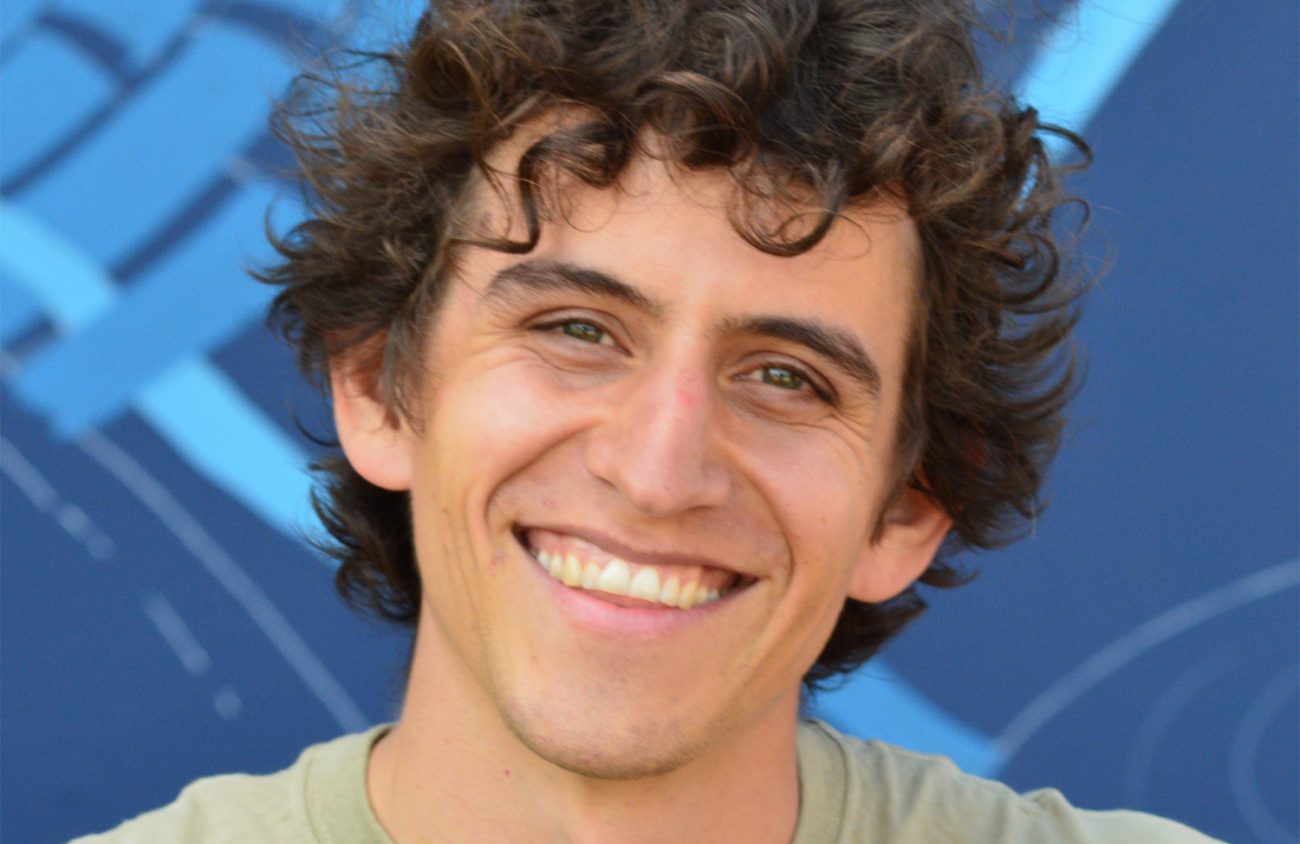Next summer, downtown Springfield looks to add the vivid colors and historical sweep of an authentic Latinx mural to its array of public art.
The project, funded by the Community Alliance of Lane County (CALC), will grace a blank wall outside longtime downtown staple Memo’s Mexican Restaurant.
CALC Community Organizer Johanis Tadeo had the idea to raise funds for a mural after visiting San Francisco’s Mission District and East Los Angeles, communities known for their high concentration of murals.
“I was able to talk to some of the families and folks there about how important it is to be able to have those in your community,” Tadeo says. “Young kids can look at it and feel like they’re more than the stereotypes or whatever narratives are being written about them.”
The next step was finding a venue for the mural. As luck would have it, Ofelia Santiago, who owns and leases out the Memo’s building at 737 Main Street, had the same idea as Tadeo.
“I was happy because it was something that my kids and I had thought about,” Santiago says.
After a few Zoom meetings, CALC settled on Esteban Camacho Steffensen, a Costa Rican-born, Eugene-raised muralist, as the artist. The only potential snag: Camacho Steffensen currently lives and works in Dongguan, China, as an art teacher at an international school.
“There aren’t really tickets leaving China now,” the artist says. “But I doubt I wouldn’t be able to fly home in a year.”
CALC also plans to host further Zoom meetings to pitch ideas for the design of the mural.
“We really want the design to reflect the folks in Springfield,” says Kuri Gill, a volunteer with CALC. “We wanted it to incorporate a variety of aesthetic features or styles from Latin America, from Indigenous to Hispanic influence, to represent who’s in Springfield.”
The Latinx mural tradition began in Mexico in the 1920s after the Mexican Revolution. Muralists such as Diego Rivera and David Alfaro Siqueiros, who emphasized Mexico’s cultural diversity and communicated the ideals of the Mexican Revolution to citizens, remain influential throughout Latin America and the United States.
“It’s one of my favorite [art forms] to study or go back to because they’re just so full of information,” Camacho Steffensen says. “It’s like an encyclopedia in art.”
For more information or to get involved with CALC, go to CALClane.org.
